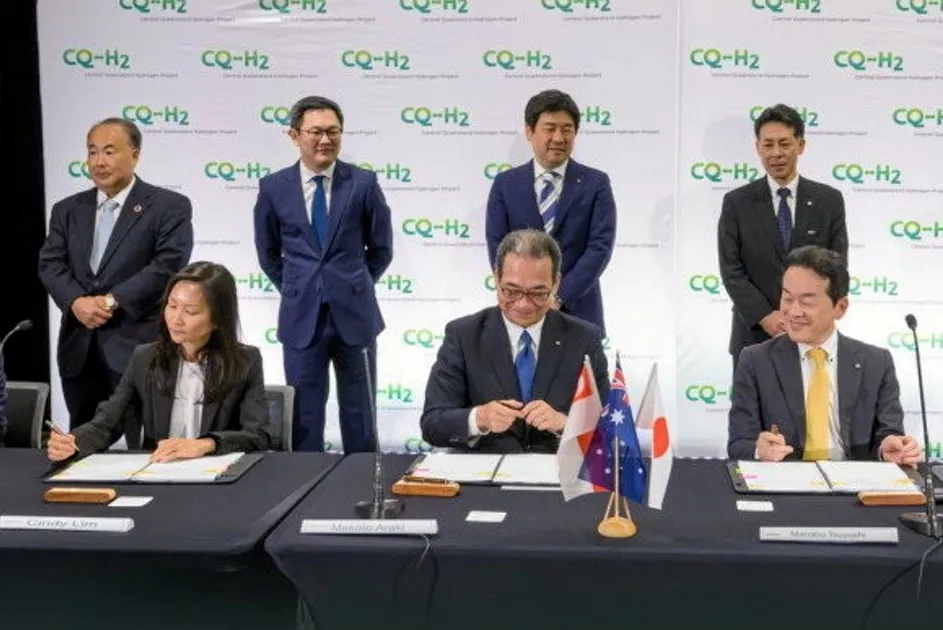Giant ‘3GW’ green hydrogen project in Australia lands million-dollar cash injection to start design work
But no final investment decision on Queensland’s multi-billion-dollar CQ-H2 expected until late next year

But no final investment decision on Queensland’s multi-billion-dollar CQ-H2 expected until late next year
